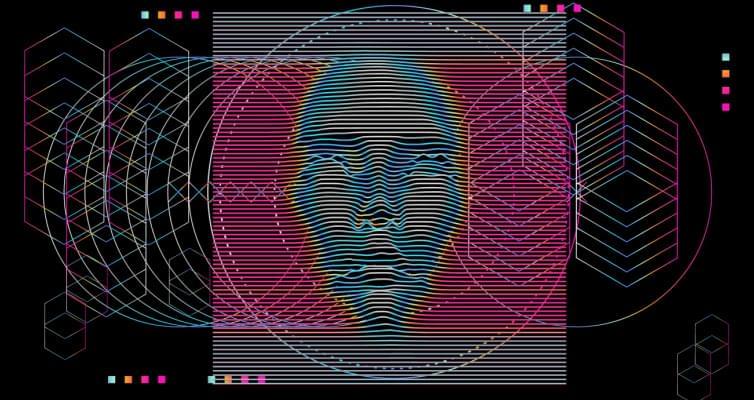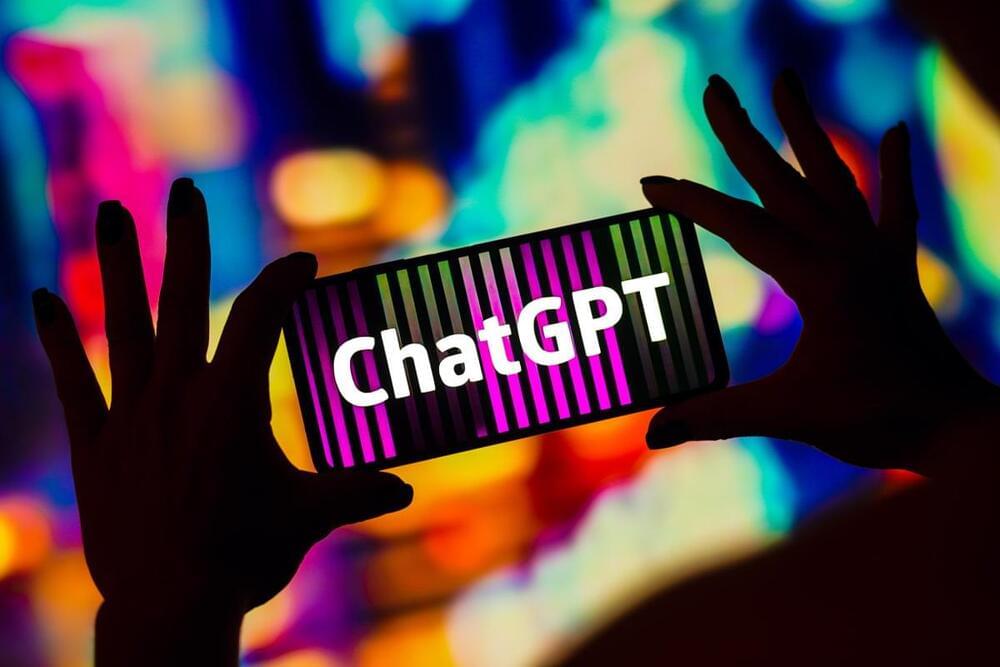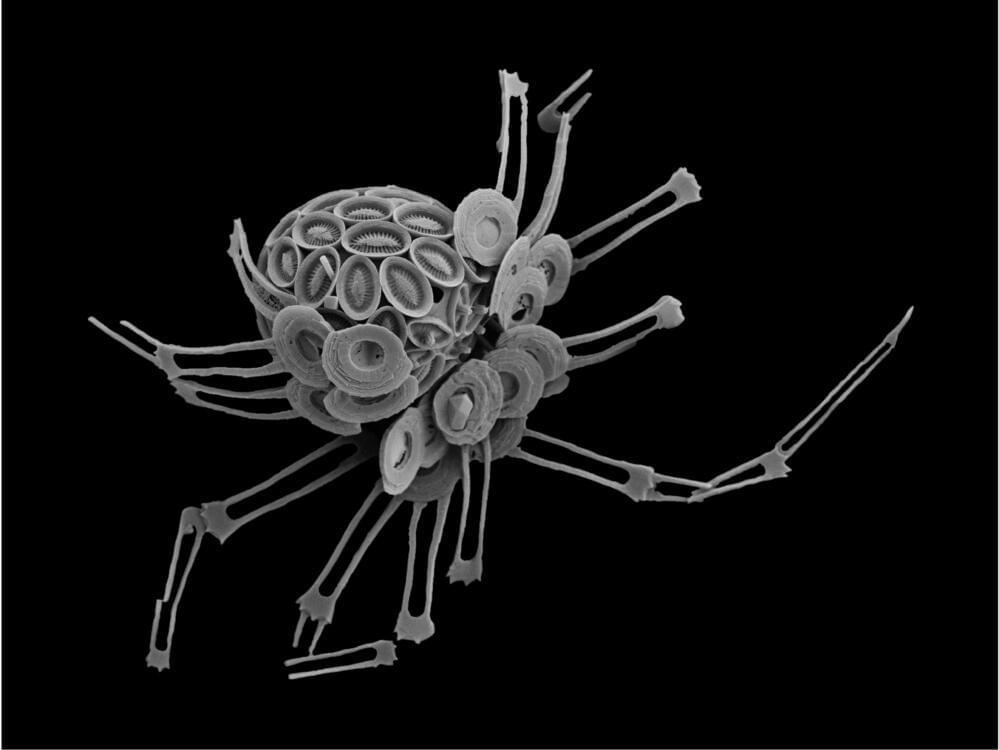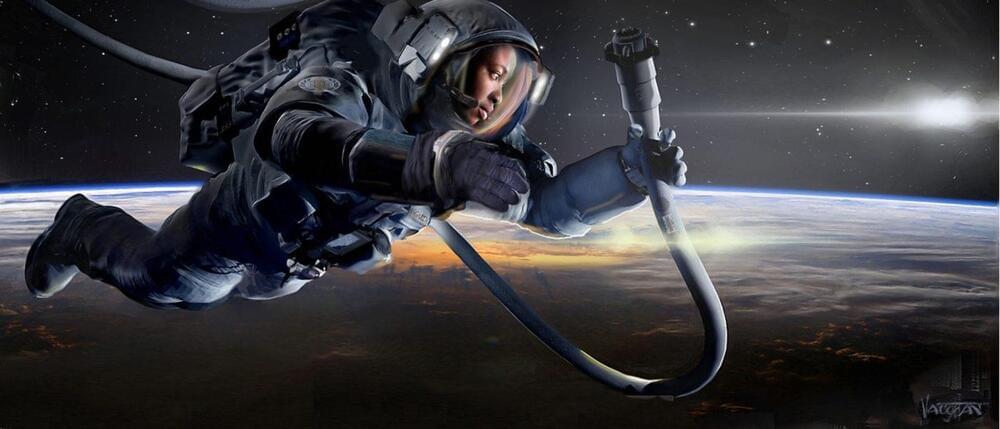Making humans data, making data human.
Get the latest international news and world events from around the world.

Securing Artificial Intelligence in Large Language Models
Artificial intelligence (AI) encompasses several disciplines: natural language processing, automated reasoning, machine learning (ML), deep learning, neural networks, cognitive computing, advanced analytics, and data mining, among others. Michela Menting, senior research director at ABI Research, explores the state of AI today and highlights the need to secure LLM models to prevent the risks of the unbridled evolution of AI.
More strictly, AI involves the study and creation of computer systems capable of intelligent behavior, i.e., capable of performing or mimicking cognitive functions that are intuitively associated with human minds, including the ability to learn from the environment, adapt to it, interpret it, make inferences, and solve problems.

AI regulation might prompt OpenAI to remove ChatGPT from Europe
If you purchase an independently reviewed product or service through a link on our website, BGR may receive an affiliate commission.
OpenAI CEO Sam Altman recently warned that he has no qualms about removing ChatGPT from Europe if legislation designed to regulate AI becomes law. The legislation in question is the AI Act and includes several provisions that Altman argues are overly broad and overreaching.
“The current draft of the EU AI Act would be over-regulating,” Altman said in remarks picked up by Reuters. “But we have heard it’s going to get pulled back,” he added.

Graphene sensor could let you control robots with your mind
Australian researchers have used the “wonder material” graphene to develop a sensor that could enable anyone to control robot technology with their minds.
“The hands-free, voice-free technology works outside laboratory settings, anytime, anywhere,” said co-developer Francesca Iacopi. “It makes interfaces such as consoles, keyboards, touchscreens, and hand-gesture recognition redundant.”
The challenge: Brain-computer interfaces (BCIs) are systems that translate brain activity into commands for machines, usually for medical reasons. A person with a limb amputation can use one to control a prosthetic with their mind, while someone with paralysis could use a BCI to “type” words on a computer screen just by thinking about them.

Tesla Model Y is now the world’s best-selling car, first EV to do so
The Tesla Model Y was the world’s best-selling car in Q1 2023, marking the first time ever that an EV has achieved this feat, according to industry analyst JATO Dynamics.
Model Y sales have been growing around the world for the last few years, putting the car on the trajectory to become the world’s best-selling vehicle. The feat was first predicted even before the car came to market, as Tesla thought the car could see up to a million units of demand per year.
It was an ambitious goal at the time, with many considering it another example of an “optimistic” Tesla prediction, but last year Tesla said the Model Y was on track to become the world’s best-selling car in 2023.

Elon Musk Says Bill Gates’ Understanding Of AI Is “Limited”
Billionaire Elon Musk took a dig at fellow billionaire and Microsoft co-founder Bill Gates over his knowledge of artificial intelligence (AI). He insisted that Mr. Gates has a “limited” understanding of AI.
This was in response to a tweet by Sandy Kory, who praised the leadership of Mr. Gates at Microsoft and his approach toward AI. “‘I’d been meeting with the team from OpenAI since 2016…” –from Bill Gates’ essay, The Age of AI Has Begun. It’s big when someone like Gates is so bullish on AI. Also notable that MSFT has been tracking this so closely for so long,” he said.
Mr. Kory was referring to a long, 3,639-word essay the billionaire wrote on his blog titled “The Age of A.I. Has Begun”. He wrote about how humanity was waiting for another great revolution. Mr. Gates discussed the potential impact of AI on employment, health care, and education.

Scientists provide first field observations of coccolithophore carbon extraction
Coccolithophores, a globally ubiquitous type of phytoplankton, play an essential role in the cycling of carbon between the ocean and atmosphere. New research from Bigelow Laboratory for Ocean Sciences shows that these vital microbes can survive in low-light conditions by taking up dissolved organic forms of carbon, forcing researchers to reconsider the processes that drive carbon cycling in the ocean. The findings were published this week in Science Advances.
The ability to extract carbon from the direct absorption of dissolved organic carbon is known as osmotrophy. Though scientists had previously observed osmotrophy by coccolithophores using lab-grown cultures, this is the first evidence of this phenomenon in nature.
The team, led by Senior Research Scientist William Balch, undertook their experiments in populations of coccolithophores across the northwest Atlantic Ocean. They measured the rate at which phytoplankton fed on three different organic compounds, each labeled with chemical markers to track them. The dissolved compounds were used by the coccolithophores as a carbon source for both the organic tissues that comprise their single cells as well as the inorganic mineral plates, called coccoliths, which they secrete around themselves. Uptake of the organic compounds was slow compared to the rate at which phytoplankton can take up carbon through photosynthesis. But it wasn’t negligible.


Netflix’s Password Sharing Crackdown Is Now Live In The US, Here’s What It Costs
At a certain point, it was starting to feel like Netflix’s proposed crackdown on password sharing was a bluff, that they would never actually go through with it, right?
Well, the time has come, and the new anti-password sharing system has reached the US at last. No more testing, it’s time to nuke those extra accounts.